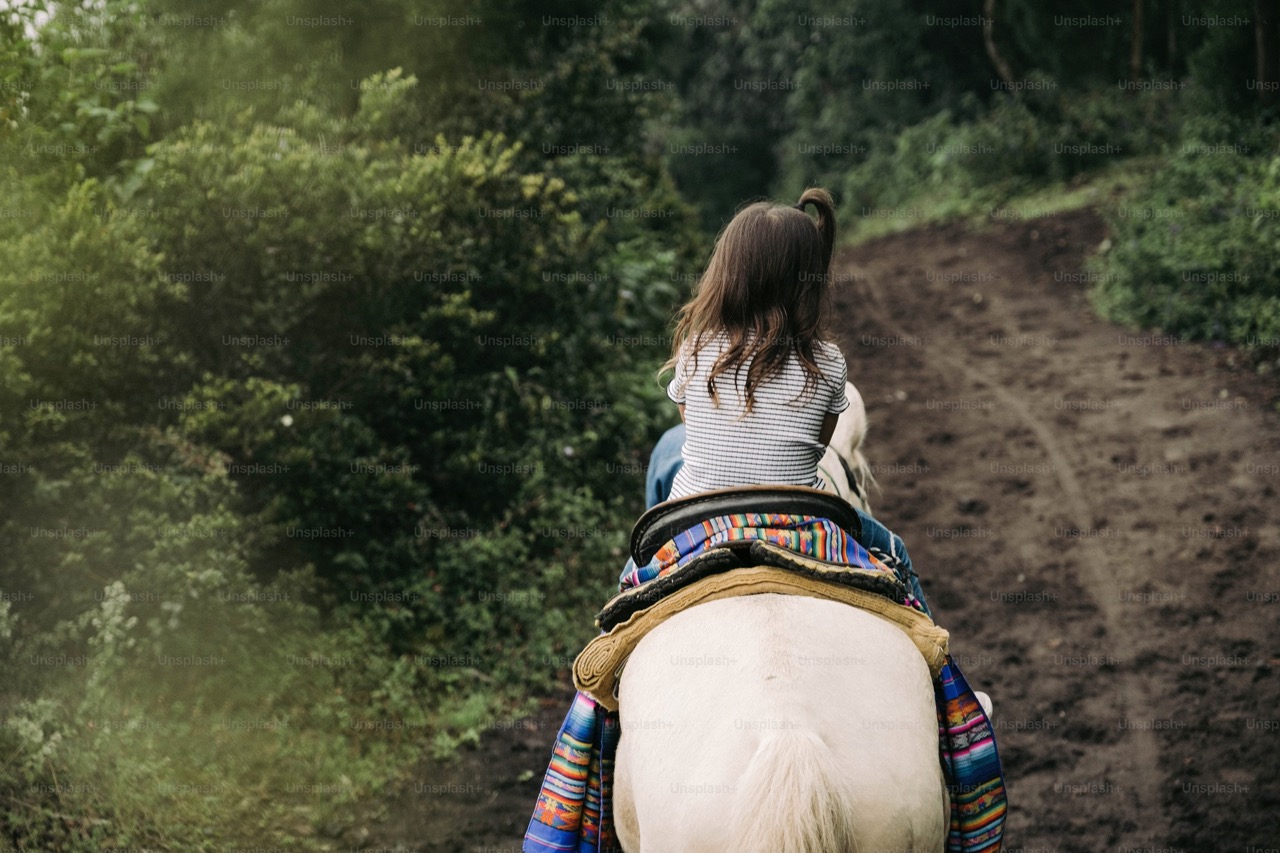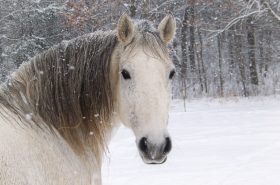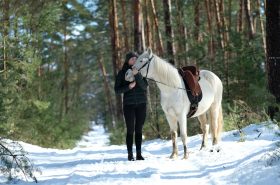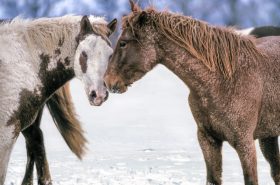Trail riding can be one of the most enjoyable ways to spend time with your horse, and your horse friends, exploring nature and taking in breathtaking views.
But just like any community activity, there are rules of the road—or in this case, the trail—that ensure everyone has a fun and safe experience. Here are some essential dos and don’ts for your next trail adventure.
Plan Ahead
Before you saddle up, make sure you and your horse are well-prepared. Check the weather, review your route, and ensure your horse is healthy and ready for the journey.
- Safety Preparations: Knowing the route helps you anticipate potential hazards like difficult terrain, water crossings, or areas with heavy traffic. You can also plan for weather conditions, helping to avoid being caught in bad weather that could endanger you and your horse.
- Ensuring Suitable Conditions for Your Horse: Different trails offer varying levels of difficulty. Planning ahead allows you to choose a route that matches your horse’s fitness level and trail experience, along with your comfort level. This prevents overexertion and reduces the risk of injuries.
- Emergency Readiness: Having a plan allows you to prepare for emergencies. This includes bringing necessary supplies like a first-aid kit, knowing where you can get cell service in case of an emergency, and informing someone else of your expected return time and route.
- Environmental Impact: Planning helps minimize your impact on the environment. By choosing established trails and understanding the local ecology, you can avoid causing unnecessary damage to habitats and wildlife, ensuring trails are available for the future.
- Time Management: Knowing the trail and expected conditions helps you estimate how long the ride will take, allowing you to manage your time effectively. This is especially important to ensure you’re not caught out after dark or during
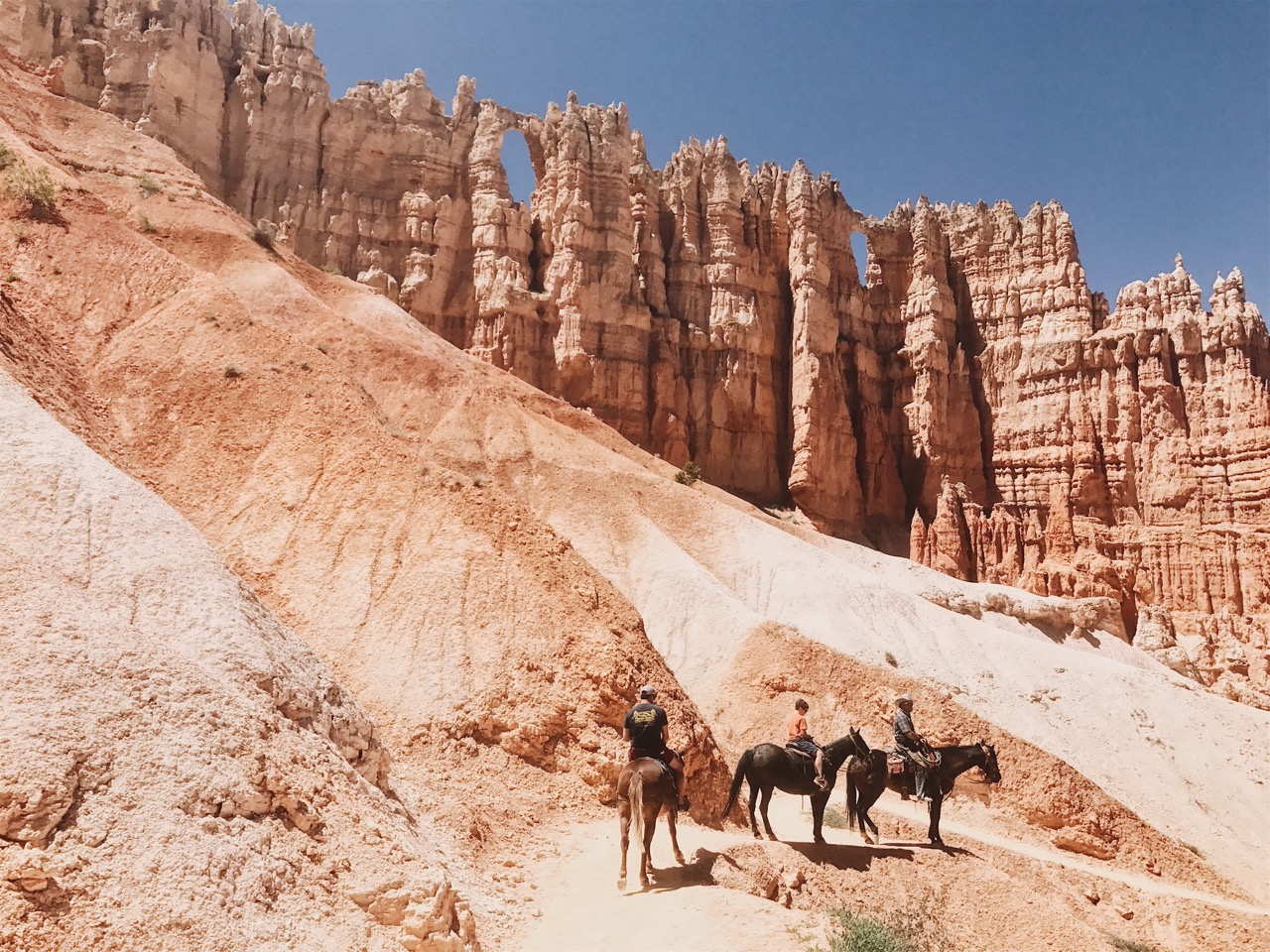 times when weather conditions are more severe.
times when weather conditions are more severe. - Enhanced Enjoyment: When you plan ahead, you can focus more on enjoying the experience rather than dealing with unexpected challenges. You’ll feel more relaxed knowing that you’ve prepared for various contingencies.
Don’t Go Off-Trail
Stick to marked trails during your outdoor activities. Venturing off the established paths can damage local flora and fauna, contribute to soil erosion, and heighten the risk of getting lost. Additionally, wandering off the trail can disrupt wildlife habitats and lead to negative environmental impacts. Staying on the designated routes not only preserves the natural beauty of the area for future visitors but also ensures a safer and more responsible enjoyment of the outdoors.
Greet Fellow Trail Users
A friendly “hello” can go a long way, whether you’re passing other riders, hikers, or cyclists. When meeting hikers or cyclists, communicate clearly about how to safely pass each other. Typically, horses are given the right of way, but clarity and communication can prevent misunderstandings and ensure safety for everyone.
Don’t Crowd Others
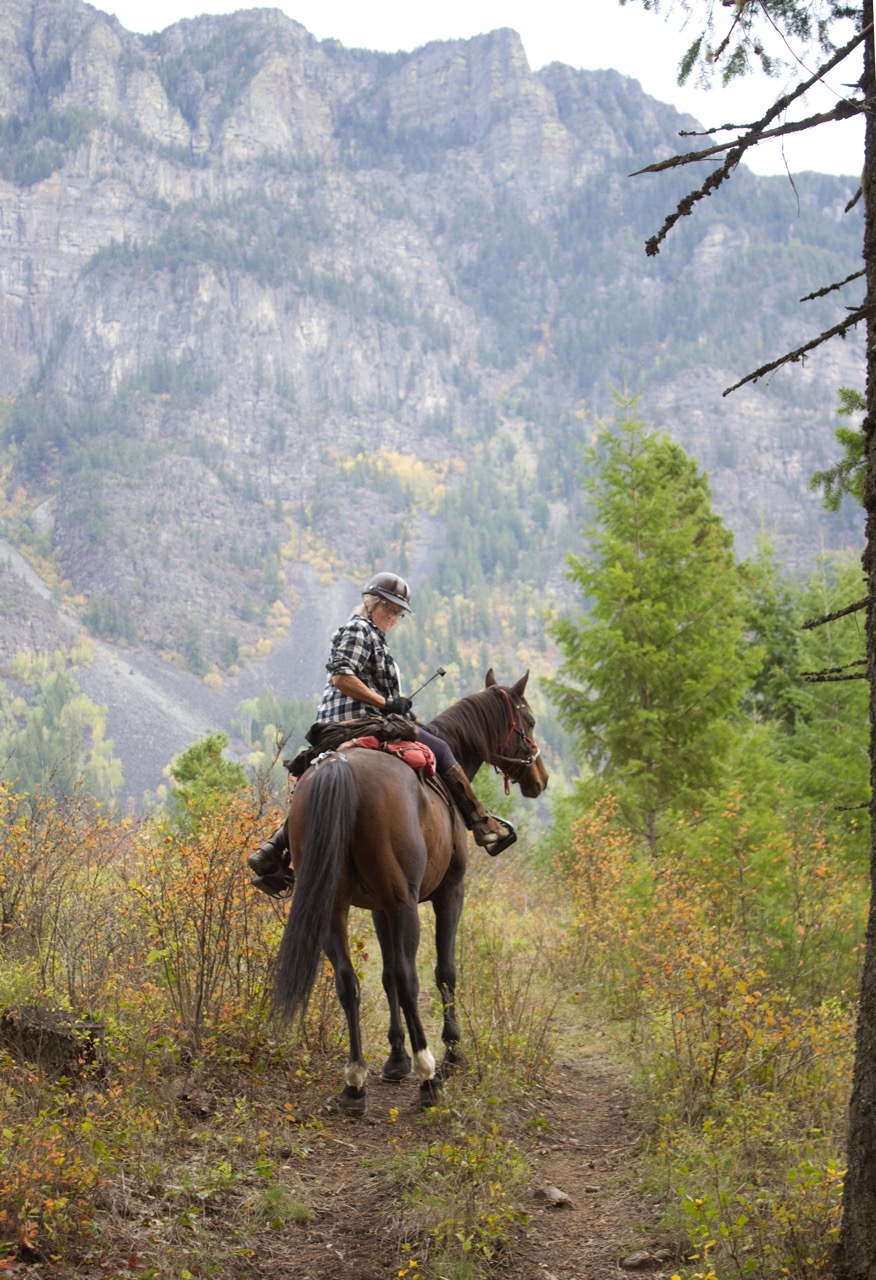
Keep a safe distance between you and others on the trail is important for the safety of all involved. This is especially important if you’re riding in a group. Avoid tailgating the horse in front of you, as it can make both the horse and rider nervous and potentially cause accidents.
Control Your Speed
Be mindful of your riding speed, especially when on shared trails. Fast riding can not only startle other trail users but also your horse if they unexpectedly encounter wildlife or hidden obstacles. A controlled pace ensures everyone’s safety and keeps the ride enjoyable.
Don’t Leave Behind Trash
“Pack it in, pack it out”—this age-old hiker’s mantra applies equally to trail riding. Keep the trails beautiful for others by carrying out any trash, leftover food, or other debris. This also means managing your horse’s manure appropriately; if possible, dismount and move it off the trail.
Maintain Your Horse’s Behavior
Ensure your horse is well-behaved and can handle encounters with wildlife, dogs, and varied noises. Training sessions before hitting the trail can make a big difference in how your horse reacts to these situations, making rides more enjoyable for everyone involved.
Don’t Take Unprepared Companions
Whether equine or human, make sure your trail companions are prepared and capable of handling the specific trail you plan to ride. Not all trails are suitable for beginners or younger horses. Matching the trail to the skill level of the group prevents accidents and frustration.
Be an Ambassador
As a horse rider, you represent the equestrian community. Be polite, offer help if you see someone in need, and be a good steward of the land. Educating others politely about interacting with horses can also improve safety and enjoyment for everyone on the trail.
Trail riding is a fantastic way to connect with nature and your horse, and following these simple etiquette tips can help make your adventures safe and enjoyable for everyone on the trail. So saddle up, smile, and enjoy the ride while respecting both nature and your fellow trail users!
